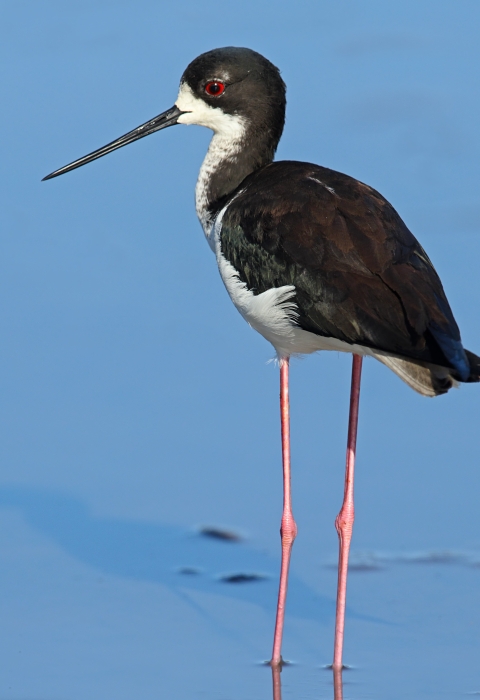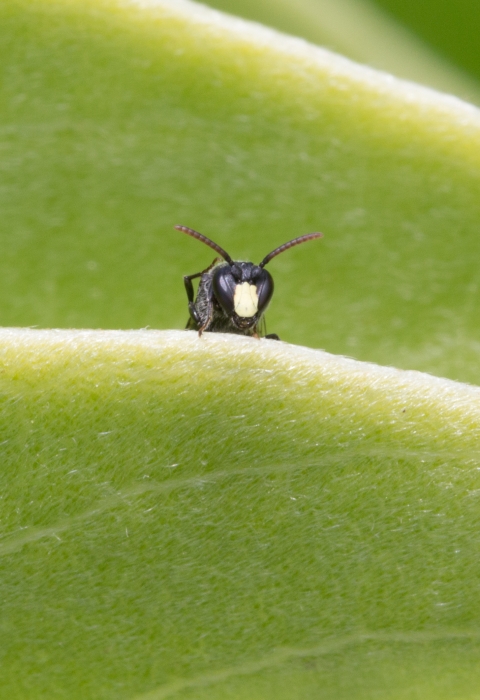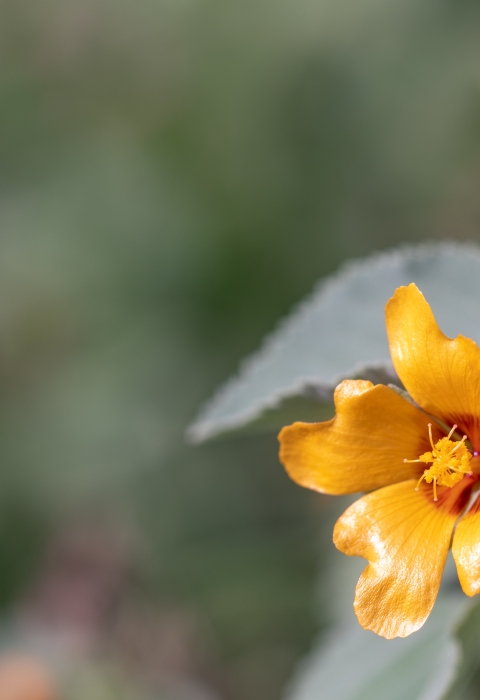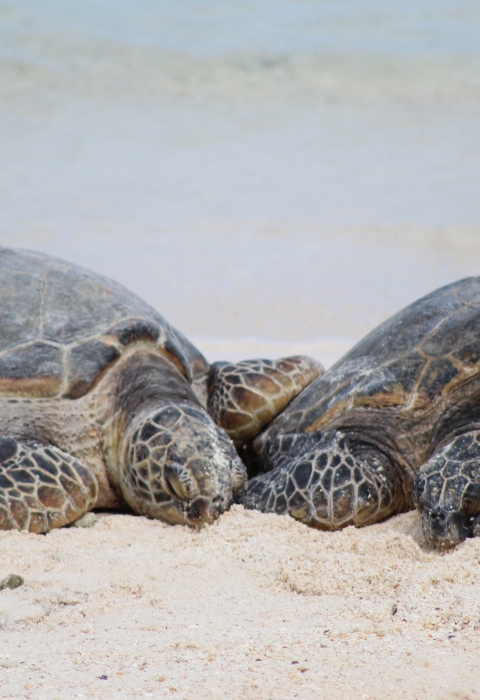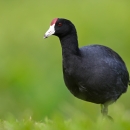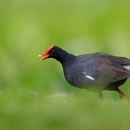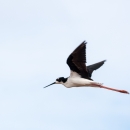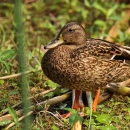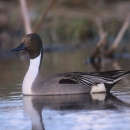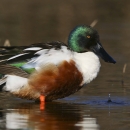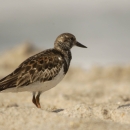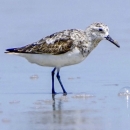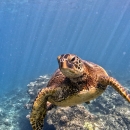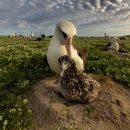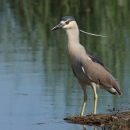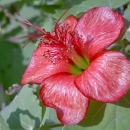Visit Us
Due to habitat and species sensitivity, James Campbell NWR is currently a closed refuge with restricted and limited public access. However, visitors are able to join guided bird tours during the non-breeding months of October to the end of February. Additional information can be found under the 'Tours' tab in the 'Visit Us' section of this page.
Location and Contact Information
About Us
James Campbell NWR is located in the Kahuku ahupua‘a of the Ko‘olauloa moku. One of the few scattered remnants of natural wetlands that still exist on O‘ahu, the Refuge was established in 1976 for the purpose of providing habitat for endangered Hawaiian waterbirds. Further expansion was authorized in 2005 for the purposes of providing additional habitat for endangered waterbirds, migratory shorebirds, waterfowl, seabirds, endangered and native plant species, endangered ‘īlio-holo-i-ka-uaua (Hawaiian monk seal), and threatened honu (Hawaiian green turtle); providing increased wildlife-dependent public uses; and assisting with flood damage reduction in the local area.
What We Do
The National Wildlife Refuge System is a series of lands and waters owned and managed by the U.S. Fish and Wildlife Service. Wildlife conservation is at the heart of the refuge system. It drives everything we do from the purpose a refuge is established, to the recreational activities offered there, to the resource management tools we use. Selecting the right tools helps us ensure the survival of local plants and animals and helps fulfill the purpose of the refuge.
Our Species
James Campbell NWR provides habitat for four endangered Hawaiian waterbirds: ae‘o, ‘alae ke‘oke‘o, ‘alae ‘ula, and koloa maoli, as well as a variety of seabirds, migratory shorebirds, and migratory waterfowl. You may also observe the native ‘auku‘u, state-protected pueo, and endangered ʻōpeʻapeʻa. At the beach, you may be able to observe the threatened honu, endangered honu ʻea, and endangered ʻīlioholoikauaua.
Get Involved
James Campbell NWR is recruiting bird tour guides for the 2023 – 2024 season. To find out more information, please email our Friend’s Group: Info@friendsofoahunwr.org
